Pokrovsk on the front line: 15 months of resistance and survival. Interview with the head of the military administration
Serhii Dobriak talks about Russian missiles, relocated schools, and hubs for evacuees from the community, 95 per cent of whose population has stayed in Ukraine
By Dmytro Syniak
For the past eighteen months, Pokrovsk has been a stronghold of Ukrainian resistance on the front line. The Russians have been fighting unsuccessfully for this city, a key logistical hub for the defence of the Donetsk region, since Avdiivka fell after a long siege in February 2024. Enemy forces took advantage of a rotation in Ukrainian units to break through Ukrainian defences and unexpectedly appear 10 km from Pokrovsk on 7 August 2024. However, they have been unable to advance any further over the course of a year. Every day, Russian artillery and aviation are systematically reducing the city to rubble, just as they did in Bakhmut, Avdiivka, Mariupol, and other Ukrainian cities that refused to surrender. However, Pokrovsk has proven to be a particularly hard nut to crack for the Russians, who have been trying to take it for fifteen months. We spoke to Serhii Dobriak, Head of the Pokrovsk City Military Administration, to find out what life is like under siege in this invincible fortress.
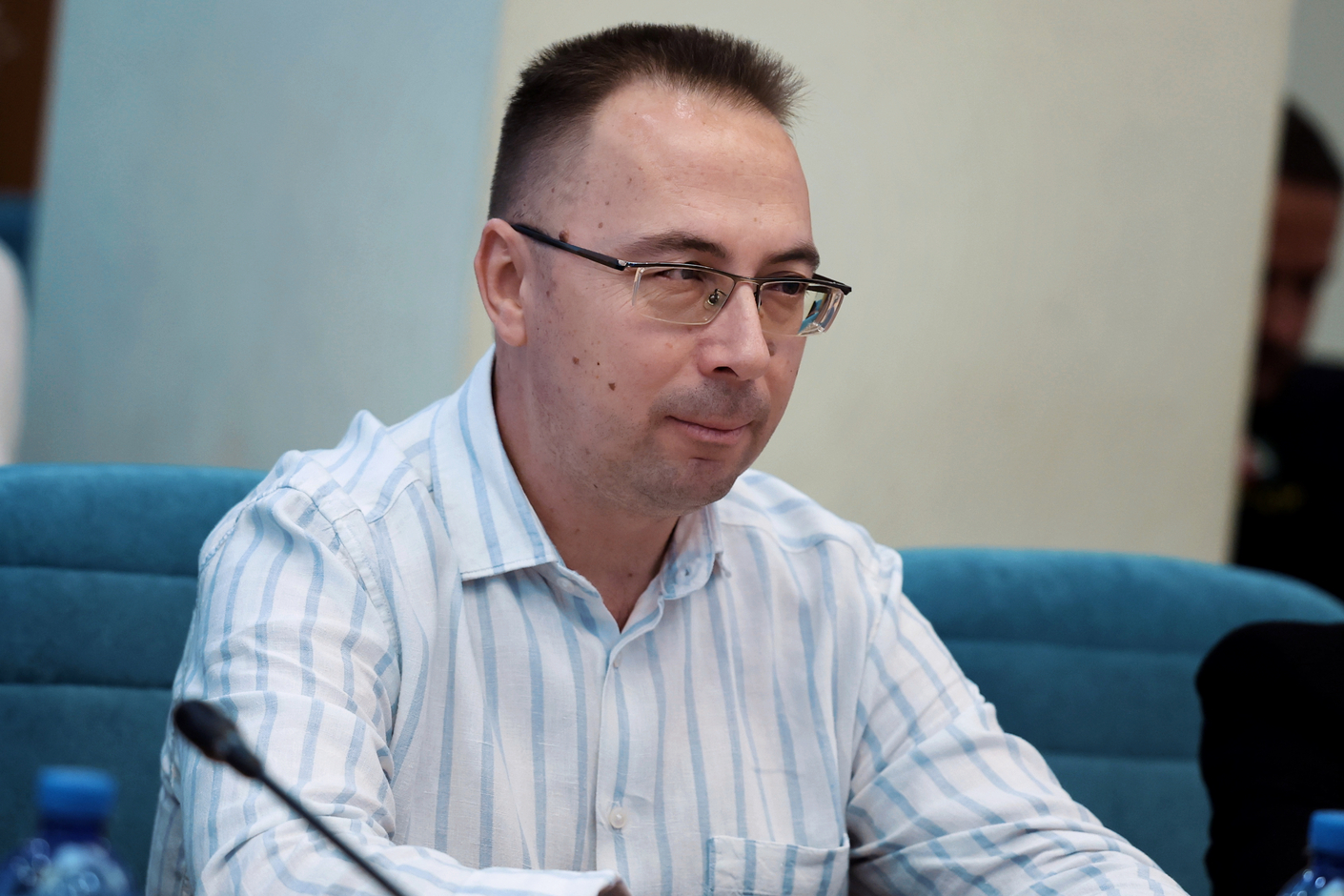 Serhii Dobriak, Head of the Pokrovsk Military Administration
Serhii Dobriak, Head of the Pokrovsk Military Administration
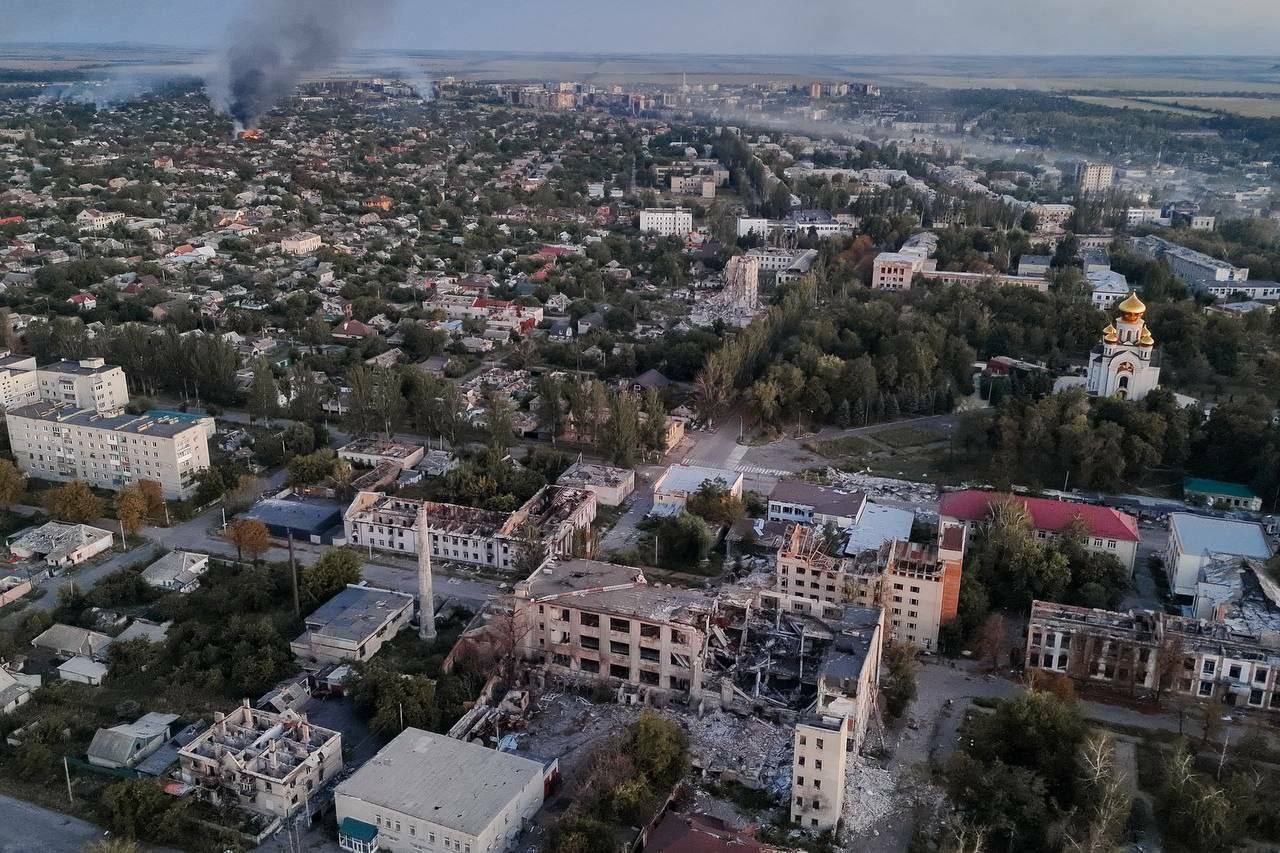 Pokrovsk from above. Photo taken in 2025
Pokrovsk from above. Photo taken in 2025
Our entire community is like a big wound…
Military experts describe Pokrovsk as the gateway to the Dnipropetrovsk region. How tightly is this gateway closed now?
Over the past year, the Pokrovsk community has, in a sense, become an information hotspot for the media. Journalists and filmmakers have started producing content about the city to demonstrate Ukraine’s ability to effectively resist the ‘second army of the world’. Bakhmut and Avdiivka used to be such information hotspots. However, Avdiivka held out for longer than Bakhmut, mainly because it had more time to prepare its defences. While our soldiers were defending every house in Bakhmut, Avdiivka was growing stronger. And not only Avdiivka. All this time, recognising the strategic importance of Pokrovsk, our City Military Administration has been working day and night with military engineers to build numerous fortifications around the city. Funding for this came from both the local and regional budgets, as well as from socially responsible businesses. Despite the enormous danger, specialists worked just 10 kilometres from the front line. They did an excellent job. So did a large number of various units of the Armed Forces of Ukraine, both military and non-military. As a result, we managed to hold Pokrovsk, and we still do today.
You said that six regions helped you to build fortifications. Are they still helping the Pokrovsk community?
Yes, they provide us with specialists and construction vehicles because we cannot manage everything on our own. Around one-fifth of the fortifications were built through the efforts of other regions alone. In other words, specialists from these regions came to us in person, often with their own vehicles. We provided them with accommodation, construction materials, transportation to the work site, fuel and lubricants, food, and so on. The Zakarpattia region helped us the most by sending UAH 6 million. We also received UAH 3 million from the Kyiv region. It is therefore fair to say that our community is literally defended by the whole of Ukraine.
What makes the defence of Pokrovsk unique?
The start of the battle for Pokrovsk was marked by a shift in the focus of warfare, moving away from air and artillery strikes and towards the use of drones. It was against our city that the enemy began to actively deploy various types of drones, including bombers, Mavics, and fibre optic drones. In terms of the civilian situation, Russian drones have significantly hindered and continue to hinder the evacuation of people and the delivery of humanitarian aid. They have also targeted utility workers, killing and wounding several of them during the siege of the city. In total, 239 civilians have been killed and 692 wounded by Russian bullets and shells during the full-scale war. In addition, 93 per cent of our houses have been destroyed to varying degrees. There are a total of 2,612 private houses and 629 apartment buildings. Do the maths. Our entire community is like a big wound.
What do you remember most about the years of the full-scale war?
The most frightening experience of my life occurred in January 2024. I still cannot talk about it dry-eyed. That was when the Russians first attacked the city using a North Korean KN-21 ballistic missile. It was much more terrifying than the Iskander. The missile hit a private house where displaced people from Avdiivka were living: a woman with her two children, her father, and her sister. We immediately went to the site, hoping that someone might have miraculously survived. But there was no house there… A huge crater, about fifteen metres in diameter and just as deep, had appeared where the house had stood. The two nearby houses had also disappeared. They had simply been swept away by the blast wave. We immediately set up a mobile emergency response centre there, donated to us by our Dutch partners. We searched for bodies with the help of dog handlers. And can you believe it? After six days of searching, we found nothing. Absolutely nothing! It was as if the people had never existed. The North Korean missile had burnt them to ashes. When I was told this, I simply could not believe it. Unfortunately, it was true. Another horrific moment was the attack on our Druzhba hotel, which left 100 people injured. One hundred people in one strike! It was awful. Then, when the search operation began, the Russians struck the hotel again with an Iskander missile. It was nothing but the brutal killing of civilians.
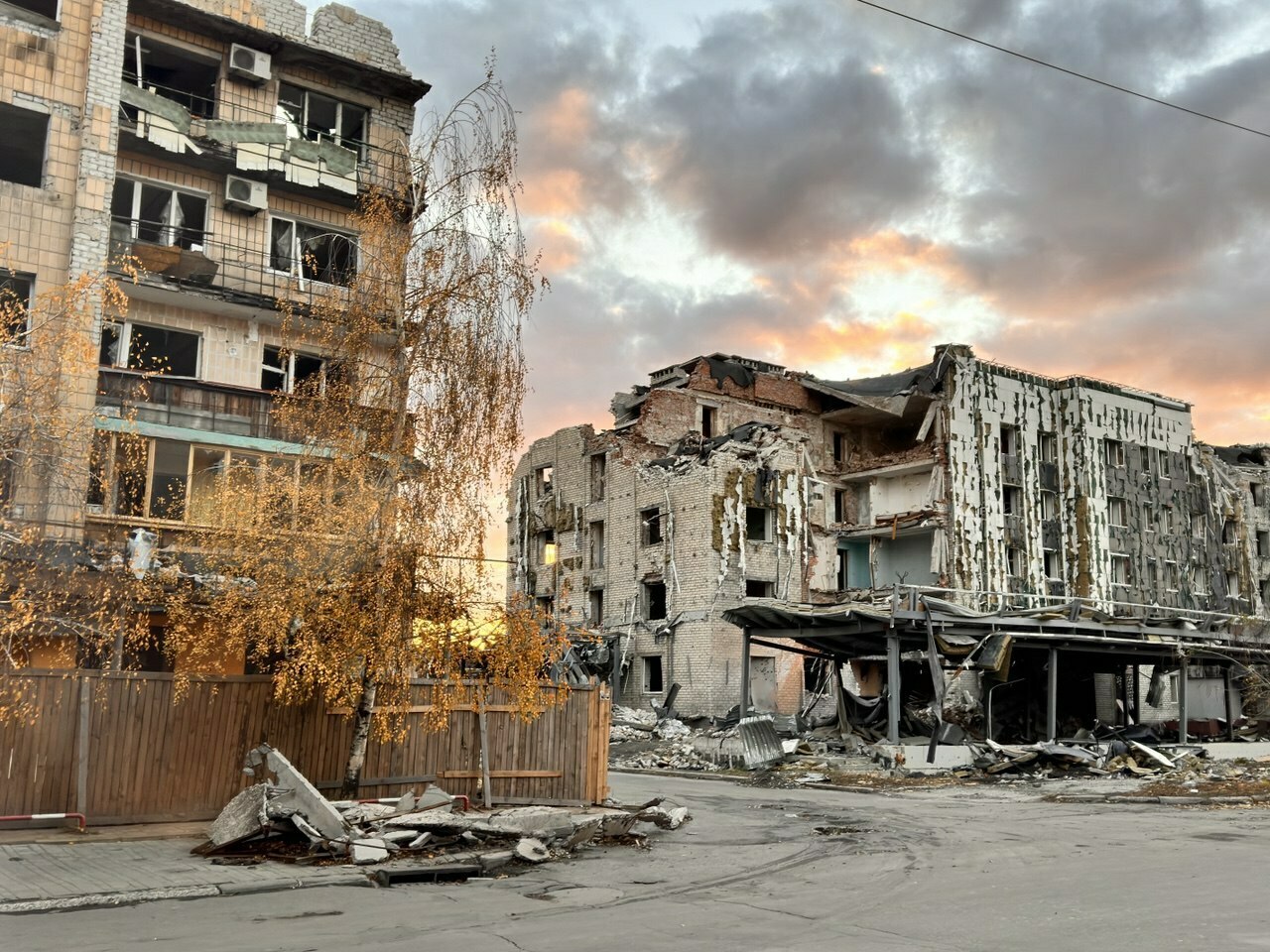 The Druzhba Hotel in the centre of Pokrovsk, on Kotsiubaila Da Vinci Street, destroyed by Russian Iskander missiles
The Druzhba Hotel in the centre of Pokrovsk, on Kotsiubaila Da Vinci Street, destroyed by Russian Iskander missiles
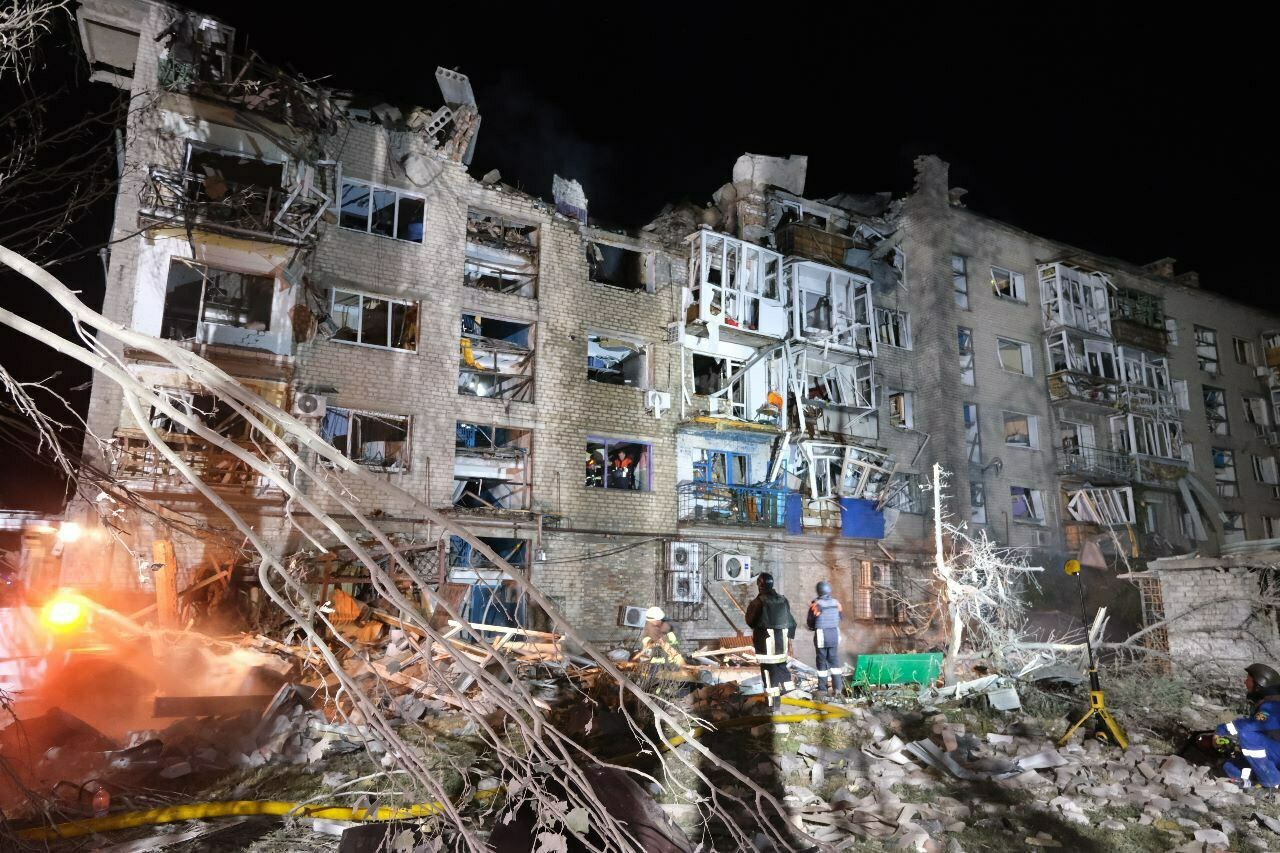 Residential building in Pokrovsk, destroyed by Russian artillery on 7 August 2023
Residential building in Pokrovsk, destroyed by Russian artillery on 7 August 2023
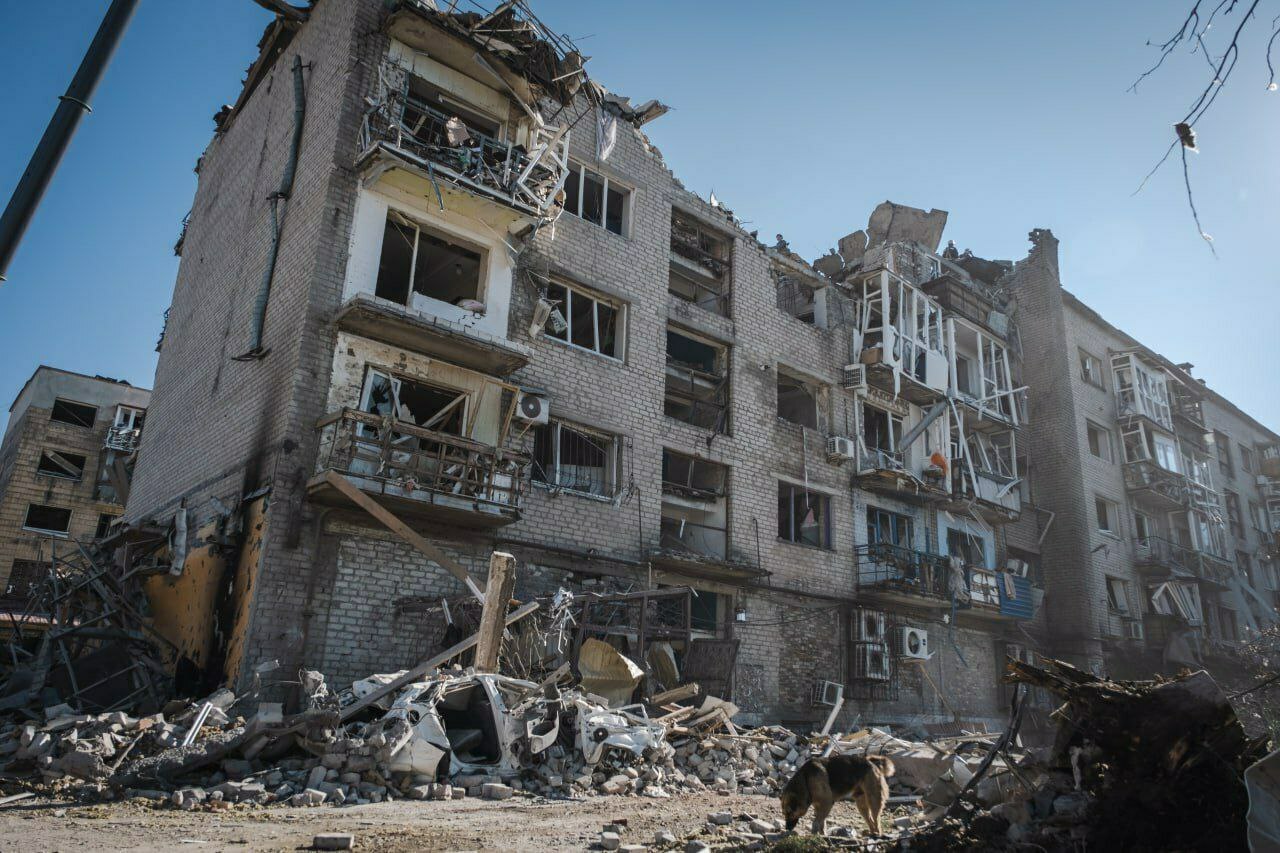 This is a block of flats at 147 Tsentralna Street, as it looked after the ‘Russian world’ reached Pokrovsk
This is a block of flats at 147 Tsentralna Street, as it looked after the ‘Russian world’ reached Pokrovsk
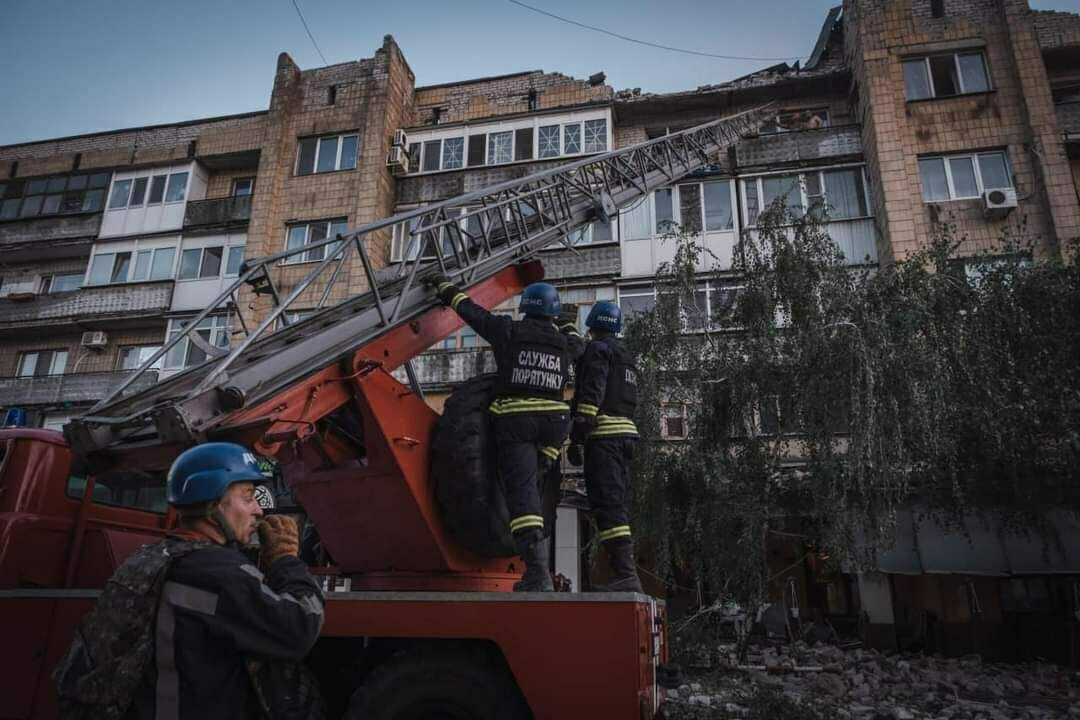 Rescue of residents trapped in their apartments at 147 Tsentralna Street in Pokrovsk
Rescue of residents trapped in their apartments at 147 Tsentralna Street in Pokrovsk
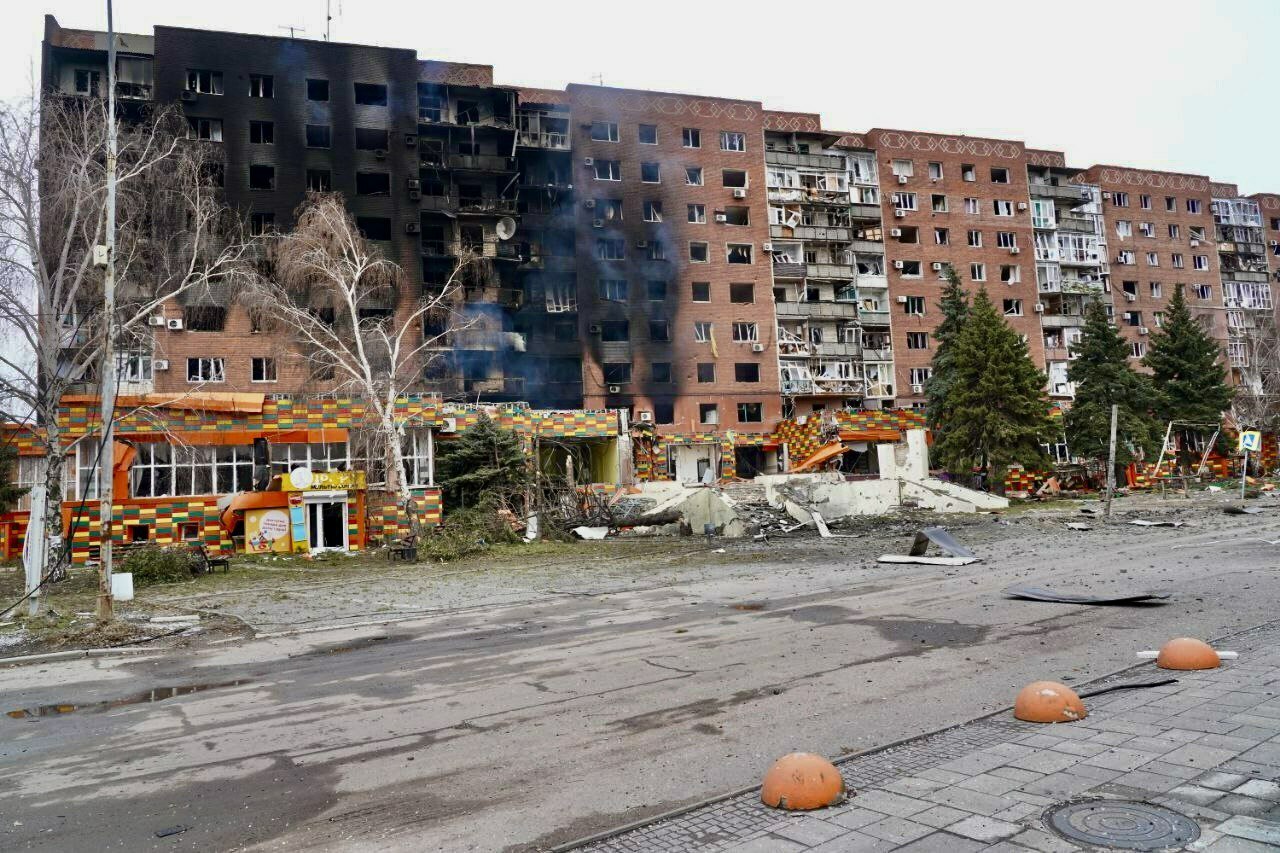 Residential multi-storey building after Russian shelling
Residential multi-storey building after Russian shelling
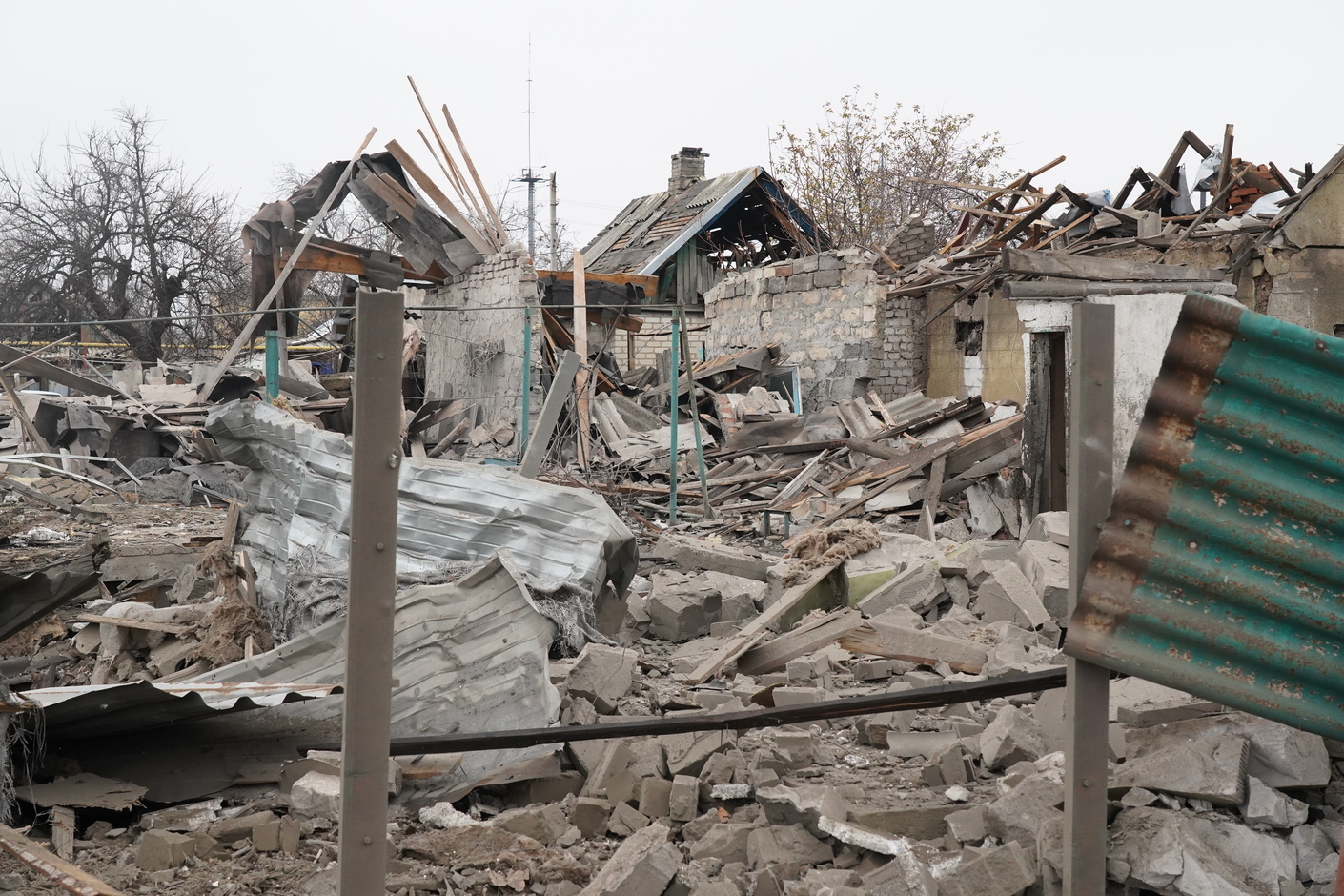
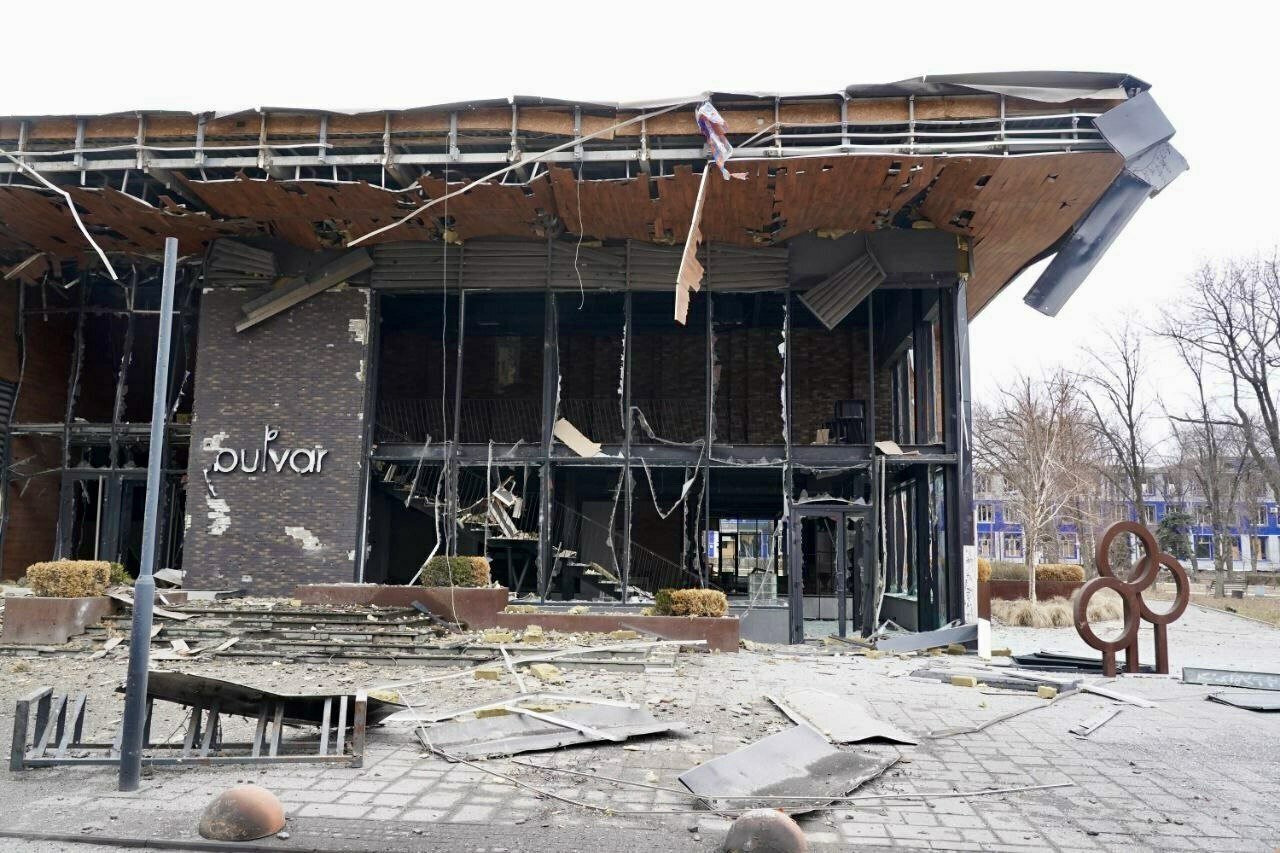 Ruins of the Boulevard shopping centre in Pokrovsk
Ruins of the Boulevard shopping centre in Pokrovsk
 Serhii Dobriak, Head of the Pokrovsk Military Administration, next to the destroyed building of the Industrial Institute of Donetsk National Technical University
Serhii Dobriak, Head of the Pokrovsk Military Administration, next to the destroyed building of the Industrial Institute of Donetsk National Technical University
Self-sufficient Pokrovsk
Go back to 7 August 2024, when the Russians appeared unexpectedly on the outskirts of Pokrovsk. What was the biggest challenge you faced that day?
The city had a population of 45,000. Due to the enemy’s rapid advance, we had to adopt an aggressive information policy regarding evacuation, for which we were later harshly criticised. The city administration was accused of causing panic. In fact, we tried to calm people down by assuring them that everything was under control. Had we addressed the people differently, however, the losses among them could have been much greater. Later, however, we were held up as an example to everyone, ‘Well done! In three months, you evacuated around 30,000 people, and there were no queues on the railways or motorways!’
What is the current population of Pokrovsk?
As of 24 February 2022, our community had a population of 81,029, around 60,000 of whom lived in the city. Currently, the entire community has a population of around 1,900, of whom 1,263 live in the city.
How do people live there? After all, the city has been without water, gas or electricity for about a year now.
In fact, our efforts to prepare for defence went beyond fortifications. We also did everything we could to make our community as self-sufficient as possible. When the Russians bombed the Karlivske water reservoir, the city already had 315 operational wells, 10 of which were equipped with a reverse osmosis purification system. At that time, the Pokrovsk community also had supply points where drinking and technical water was provided free of charge, and water was delivered to remote areas where people lived. We also provided them with large quantities of food. We have equipped bomb shelters with diesel generators and water tanks, and almost every household received stoves, first aid kits and hygiene products from us. Now, both civilians and the military will be able to withstand a fairly long siege. Therefore, there is no humanitarian disaster and there will not be one for a long time. I should mention that, despite being under fire from the Russians, the main road supplying Pokrovsk is still operational. Together with the military, we are replenishing some essential supplies for local residents.
Are you currently seeking assistance of any kind? After all, Pokrovsk is in all the news at the moment, so many people would probably like to help.
Of course we are. We have set up a special humanitarian headquarters for this purpose. Until August 2024, an average of one to two trucks carrying various humanitarian supplies, such as food, equipment, medicines and personal hygiene products, arrived in the city every day. Thanks to these deliveries, people were able to build up large reserves. Until July 2025, we also provided hot meals to 2,000 of our residents every day thanks to the international organisation World Central Kitchen. From the outbreak of the full-scale invasion onwards, we have also received assistance from GEM (Global Empowerment Mission), the Humanitarian Mission ‘Proliska’, CF ‘Angels of Salvation’, UNICEF and others. The UNDP brought a large humanitarian convoy to the city containing food kits, hygiene products, torches, blankets and other essential items.
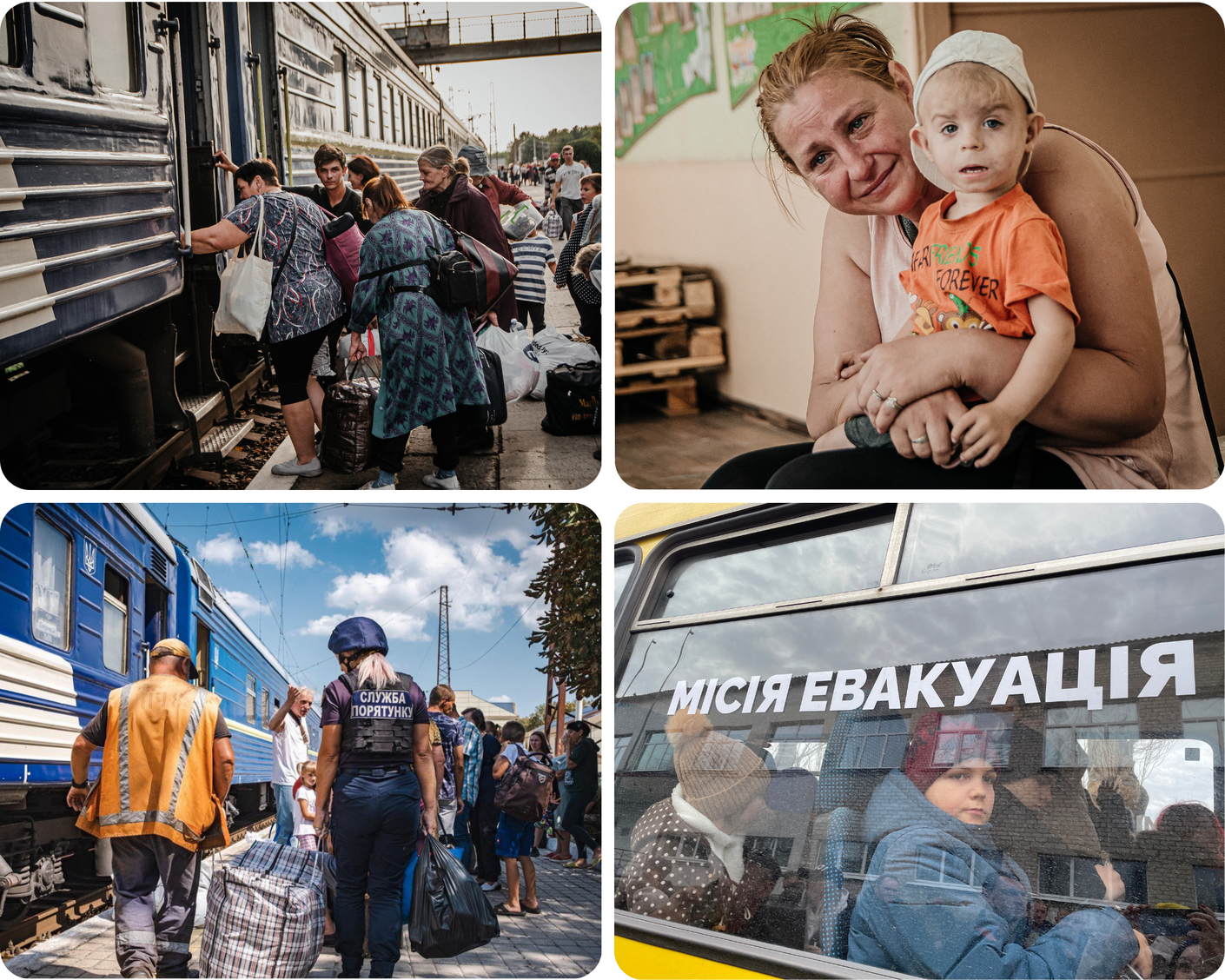 Evacuation from Pokrovsk. August–September 2024
Evacuation from Pokrovsk. August–September 2024
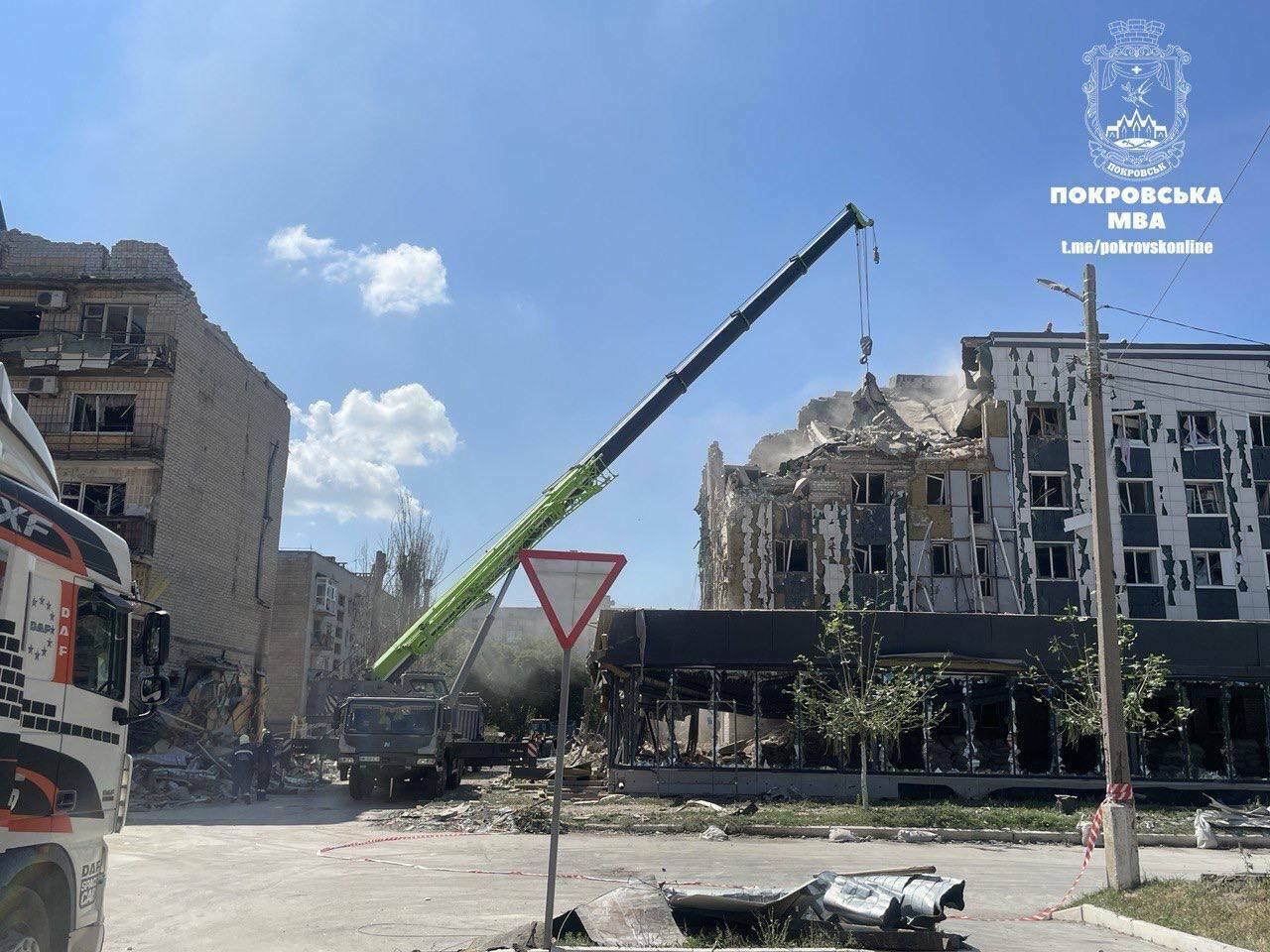 Clearing debris in the city
Clearing debris in the city
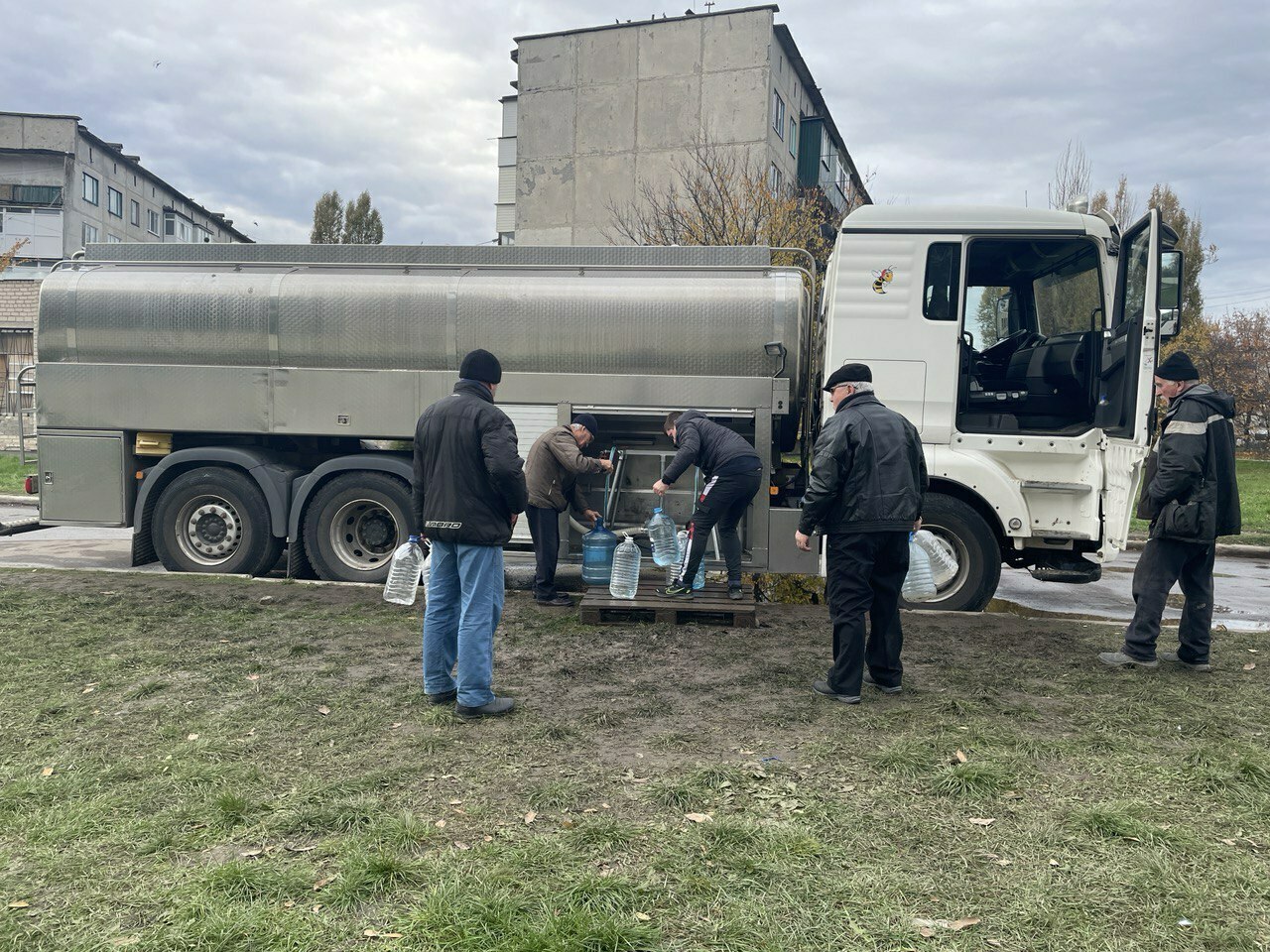 Pokrovsk utility workers delivering water to residents
Pokrovsk utility workers delivering water to residents
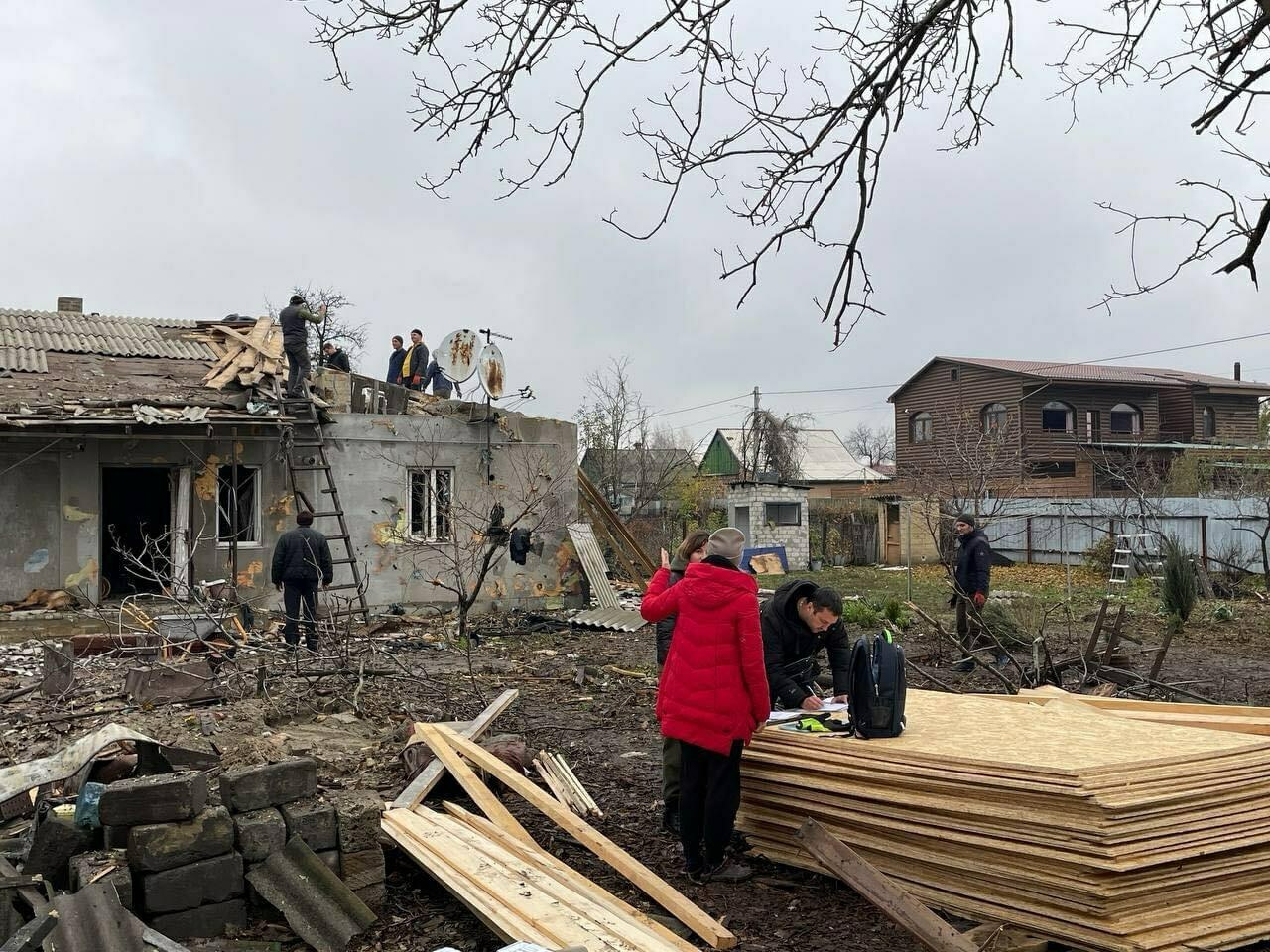 Eliminating the aftermath of shelling in the Pokrovsk community
Eliminating the aftermath of shelling in the Pokrovsk community
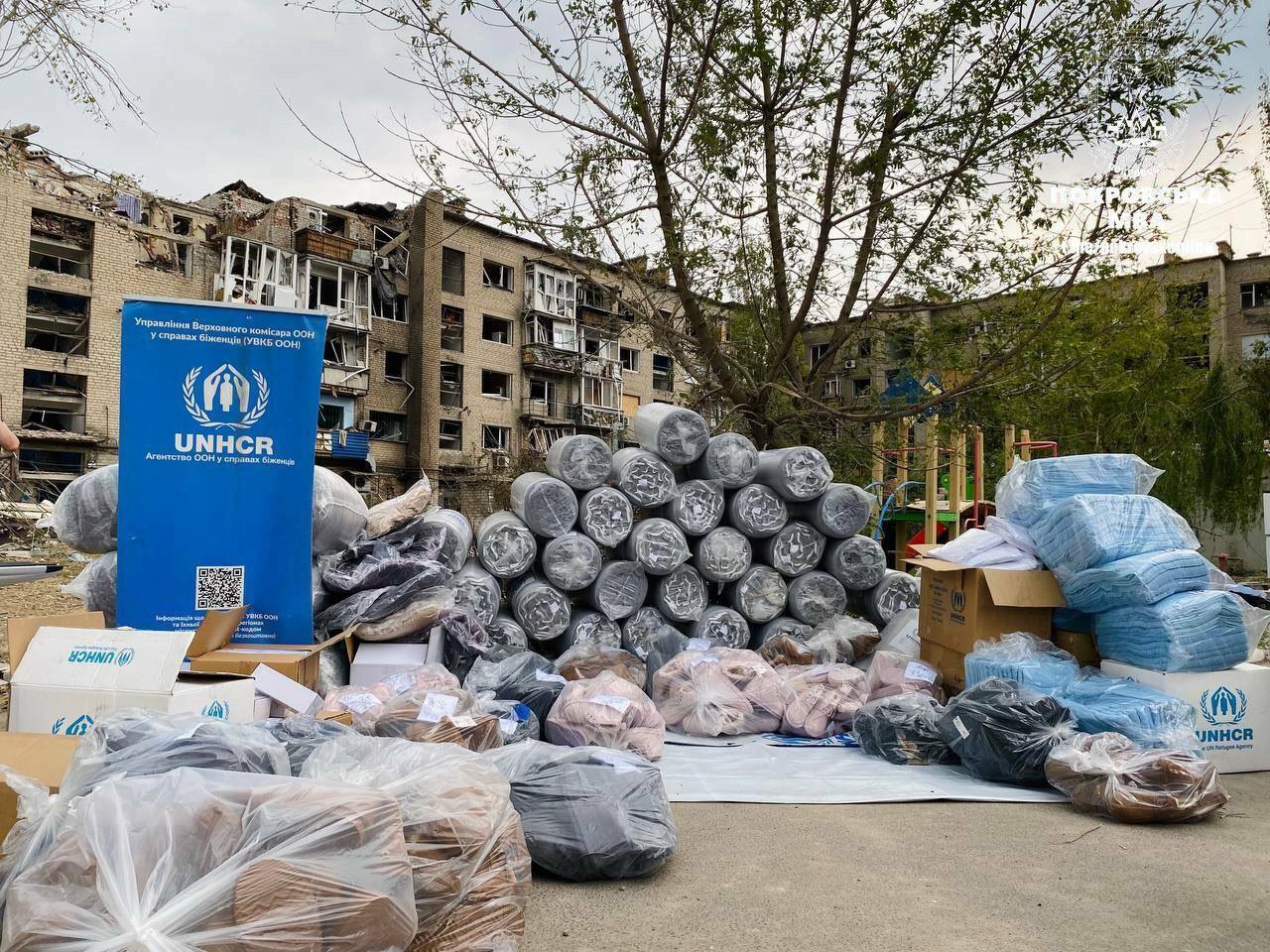 Humanitarian aid from the UN Refugee Agency (UNHCR), unloaded near a building destroyed by Russians on Tsentralna Street in Pokrovsk
Humanitarian aid from the UN Refugee Agency (UNHCR), unloaded near a building destroyed by Russians on Tsentralna Street in Pokrovsk
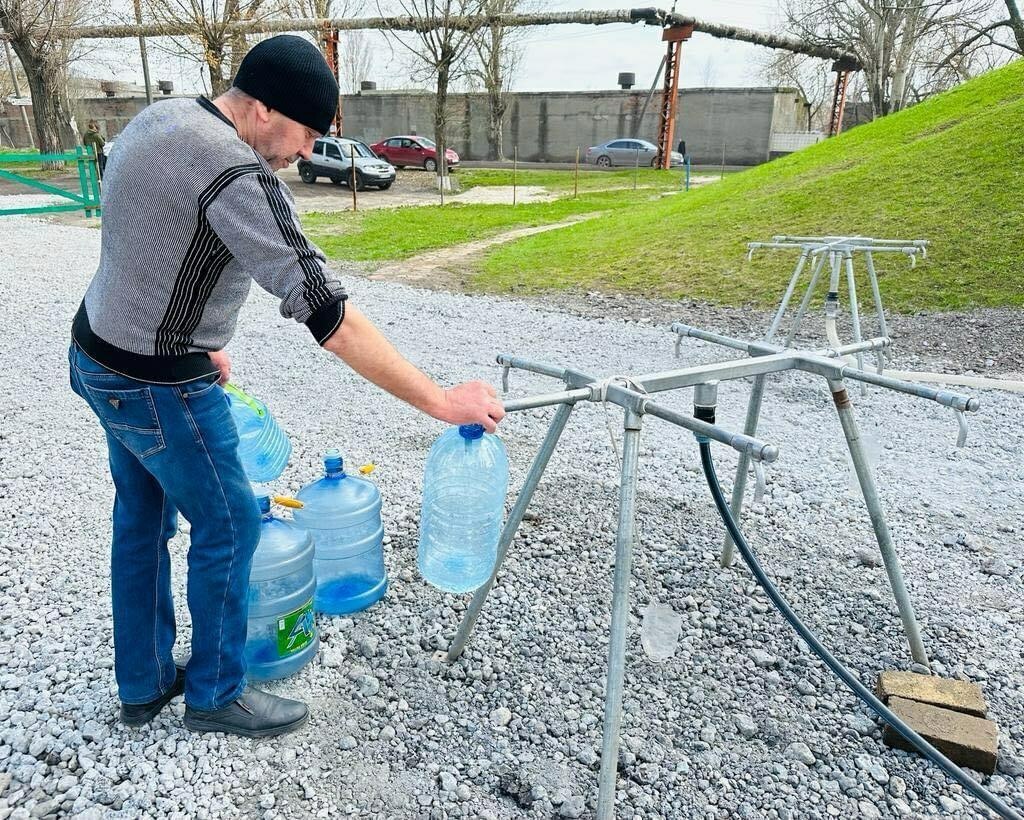 One of the water supply points in Pokrovsk
One of the water supply points in Pokrovsk
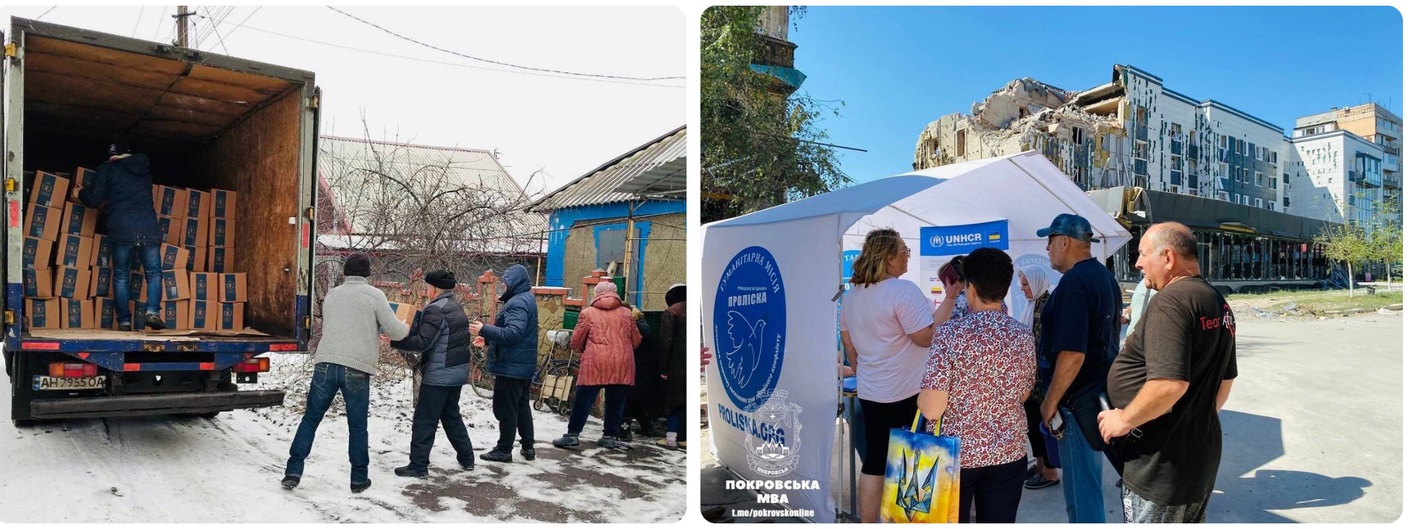 Distribution of humanitarian aid on the streets of Pokrovsk
Distribution of humanitarian aid on the streets of Pokrovsk
How schools of Polrovsk operate offline
What is your opinion on the decentralisation reform? Has it made communities more resilient?
I can say many good things about this reform because I was one of the people who promoted it most actively. However, it was not in Pokrovsk that I did this, but in the Ocheretyne community, where I worked as deputy head. I was appointed Head of the Pokrovsk Military Administration on 7 August 2022. I can confidently say that Ukraine has flourished thanks to the decentralisation reform. Ocheretyne received a significant amount of diverse international aid, as well as substantial funding from the State Fund for Regional Development. We accomplished a lot and purchased a lot. We built new clinics and bought new equipment and furniture for schools. Our community flourished.
Where did the evacuated residents of the Pokrovsk community flee to? How do you keep in touch with them?
We do this through hubs specially created for this purpose. These hubs not only distribute humanitarian aid, but also serve to unite community residents while they are displaced. Each hub has a social worker, a psychologist, a civil service centre employee, and other specialists. It is important for people who have lost their homes and property to feel that the authorities care about them. This is very important for them… Over 10,000 people have relocated to the Dnipropetrovsk region. Many of our residents also live in Khust, Chernivtsi, Kropyvnytskyi, Sheptytskyi, and other Ukrainian cities. I am proud that, of our population of more than 86,000, only 4,000 people, or around 5 per cent, left the country. This demonstrates true patriotism and a deep love for our Motherland. And this is despite the fact that, in 2014, there were a lot of pro-Russian sentiments in the community. However, when a full-scale war broke out, people finally realised what Russia was really like. Many of our young men and women joined the army. Sadly, we have already suffered over a hundred casualties.
Please describe how the Pokrovsk community helps the army. After all, your community is arguably the one with the greatest interest in the stability of the Armed Forces of Ukraine.
I would distinguish between direct and indirect help. Indirect help includes various items that we have purchased ourselves and then transferred to military units. These items include electronic warfare, engineering barriers and transport, among others. The total value of this type of help during the full-scale invasion has reached UAH 100 million. Direct help takes the form of transferring funds. In the last two years alone, we have transferred almost UAH 37 million to the military. Our budget for this year is UAH 885 million, UAH 383 million of which is our own revenue. However, in the first ten months of this year, we have only collected UAH 190 million.
What do you spend these funds on?
Actually, the community still has to bear almost all of the financial burden that we had before the full-scale war. We continue to run three hospitals and 19 educational institutions, as well as utility companies, humanitarian hubs, social, sports, and cultural institutions. And they operate not only online, but also offline. We evacuated most of our material assets on our own: cultural monuments, museum exhibits, medical equipment, utility vehicles, sports equipment, and school furniture. In most cases, we also managed to preserve the staff of various institutions. This has enabled our schools, for example, to continue operating offline. Interestingly, only two communities of the Donetsk region have opened schools for offline learning: Kramatorsk and Pokrovsk.
How did you manage to do that?
We have rented premises at the State Academy under the President of Ukraine in Dnipro. More than 100 pupils study there. In total, we have 4,000 pupils. Naturally, we have reduced our operating costs significantly. This year alone, we have suspended the work of eight educational institutions. It was painful, but there was nothing we could do about it. We also halved the number of city council staff. Previously, 168 people worked there; now, there are just 83. The same applies to utility workers. We previously had over 1,000 utility workers, but now there are only 140.
What are these people doing? After all, normal life in the Pokrovsk community has come to a standstill…
Some of them support the military in various ways, while others maintain our relocated facilities. By the way, we have designed an interesting model to avoid laying people off. For instance, one of our hospitals is currently operating in Kryvyi Rih. The local city council has leased us over 3,000 square metres of space in a single building at the symbolic price of UAH 1 per year. However, the building requires renovation. Therefore, our in-house heating engineers are carrying out major repairs to the heating network at no additional cost. Had we commissioned this work to an outside contractor, it would have cost us five times as much. The same applies to schools. Someone has to prepare the school in Dnipro that I told you about for the new academic year, which involves whitewashing and painting where necessary. Our special maintenance team is doing this. It is cheaper to do it ourselves.
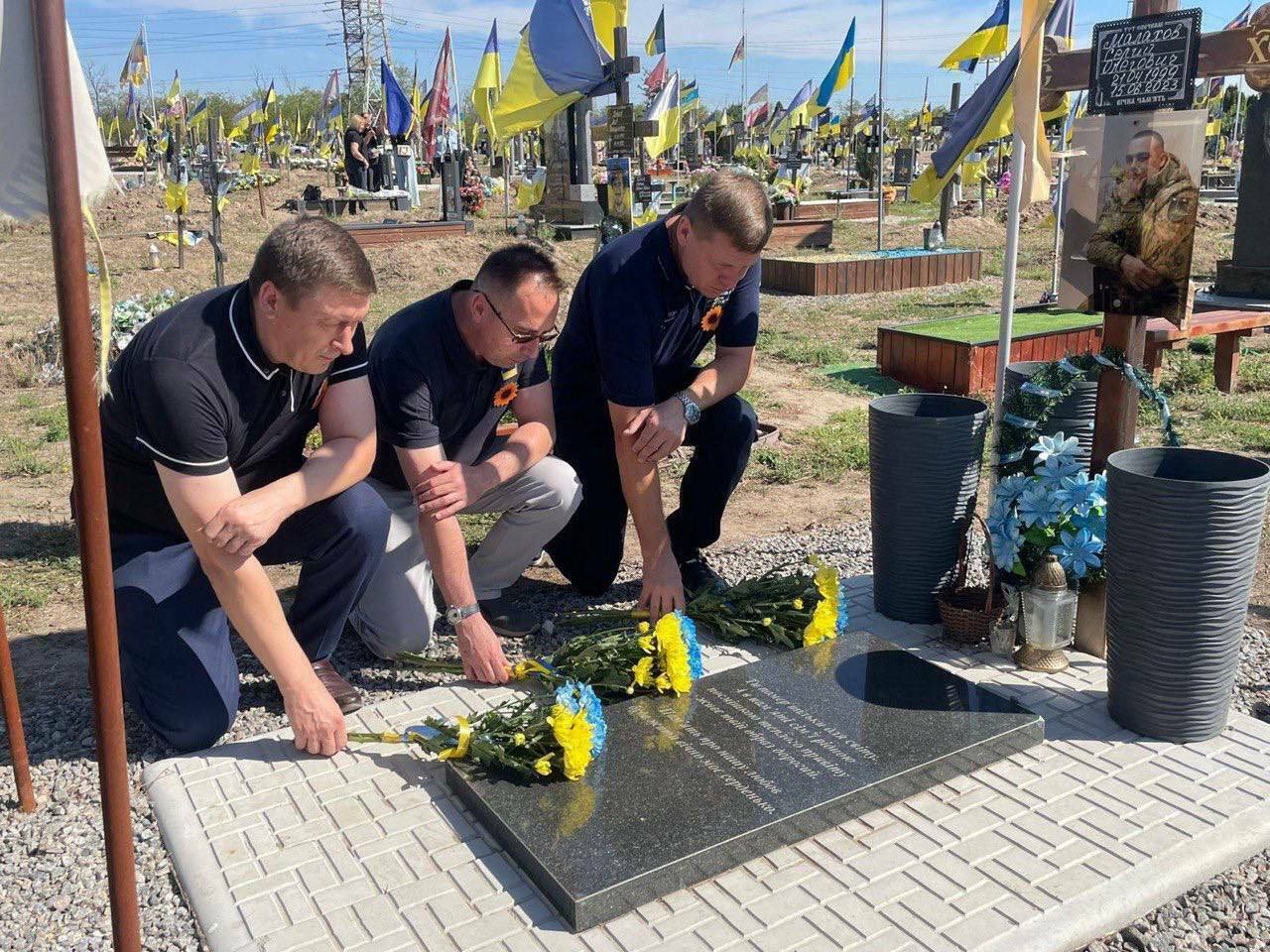 Honouring the memory of the fallen defenders of the Pokrovsk community. From left to right: Oleksii Stebel, Deputy Head of the Pokrovsk Military Administration; Serhii Dobriak, Head of the Pokrovsk Military Administration; Andrii Kharyna, Head of the Pokrovsk District Prosecutor’s Office
Honouring the memory of the fallen defenders of the Pokrovsk community. From left to right: Oleksii Stebel, Deputy Head of the Pokrovsk Military Administration; Serhii Dobriak, Head of the Pokrovsk Military Administration; Andrii Kharyna, Head of the Pokrovsk District Prosecutor’s Office
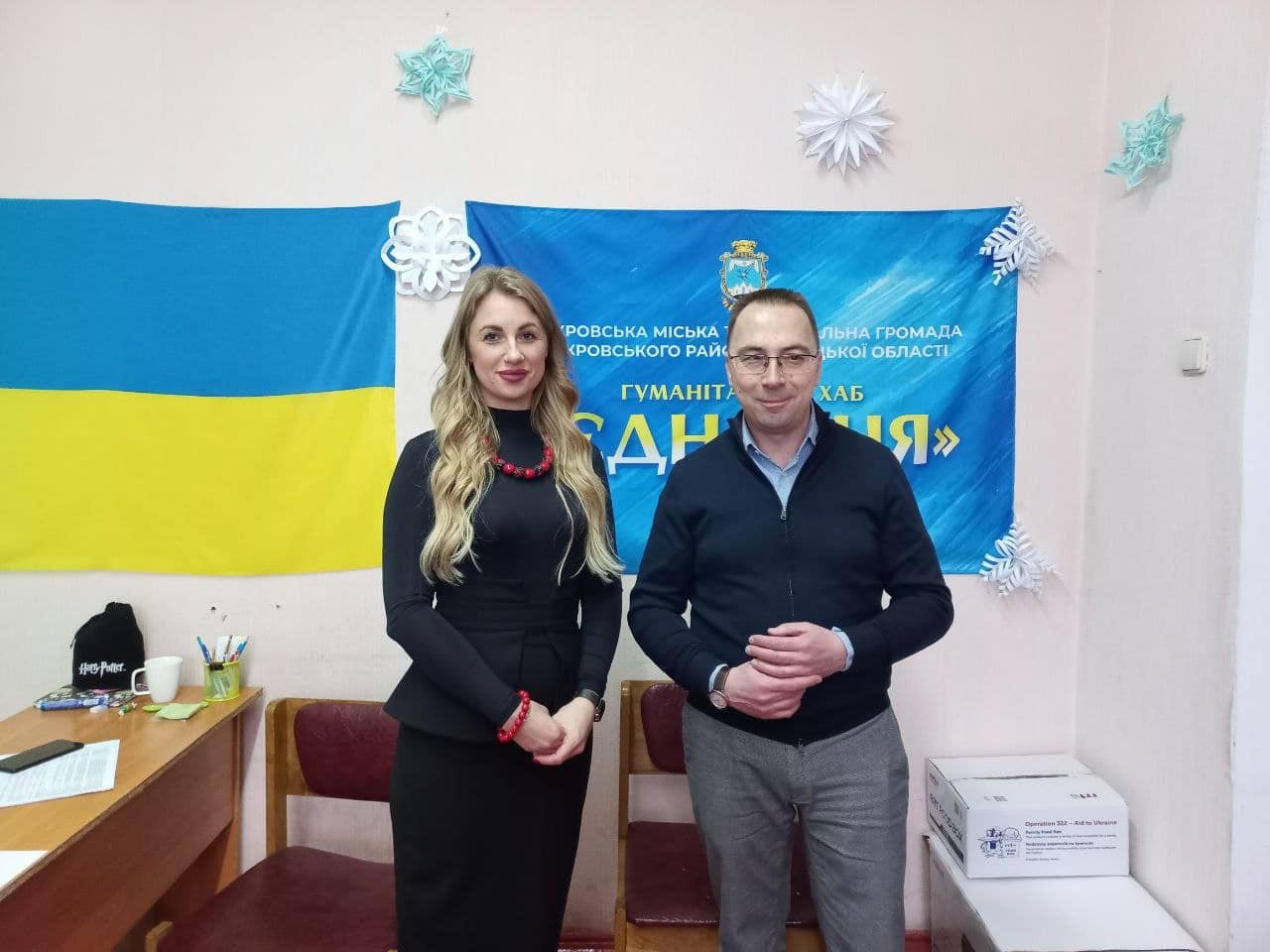 Serhii Dobriak with Olha Hrebenkova, Head of the Humanitarian Hub ‘Yednannia’ (Unity) in Kropyvnytskyi
Serhii Dobriak with Olha Hrebenkova, Head of the Humanitarian Hub ‘Yednannia’ (Unity) in Kropyvnytskyi
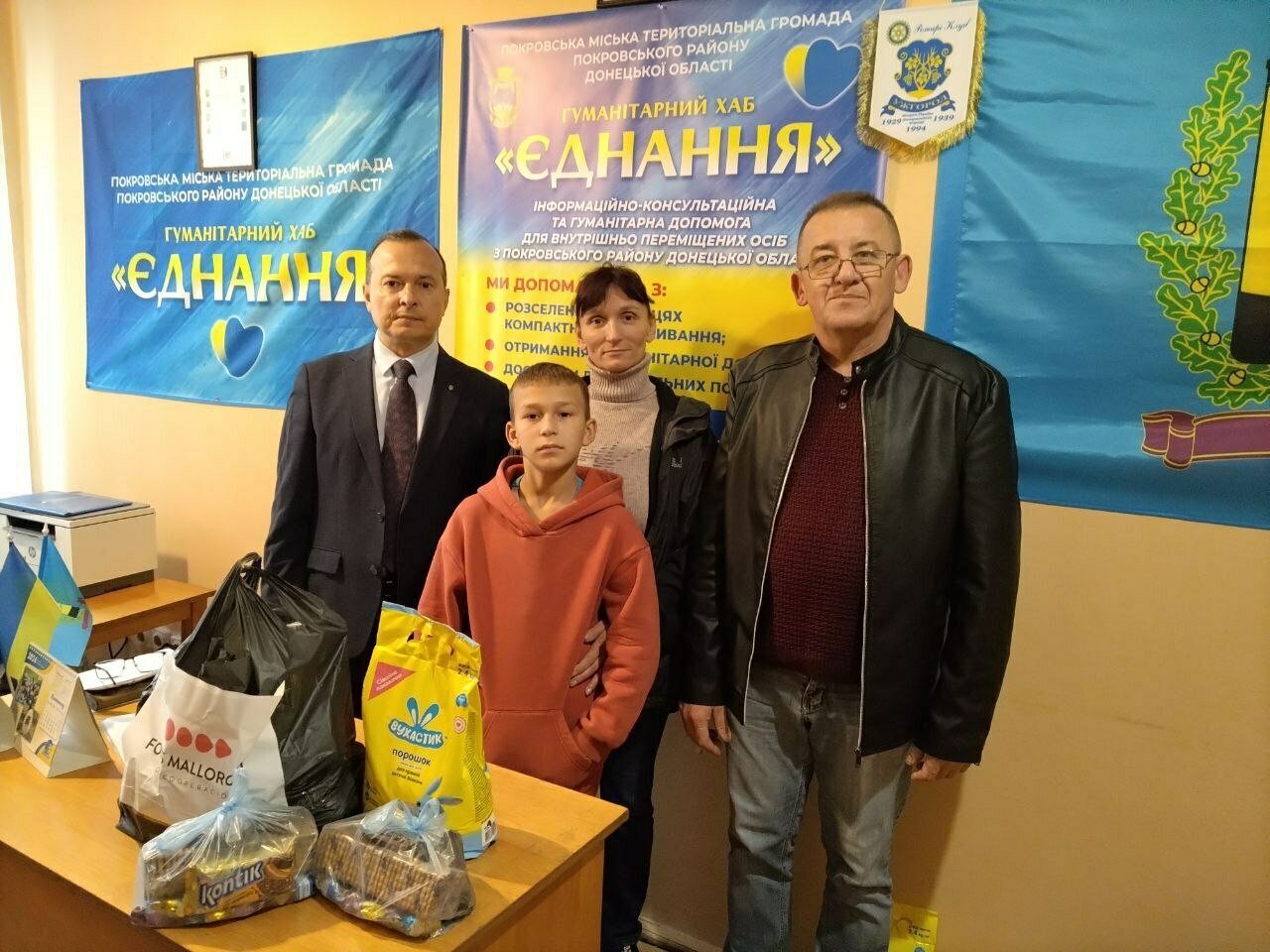 Viktor Hrytsak, Head of the Humanitarian Hub ‘Yednannia’ in Khust, with evacuees from Pokrovsk
Viktor Hrytsak, Head of the Humanitarian Hub ‘Yednannia’ in Khust, with evacuees from Pokrovsk
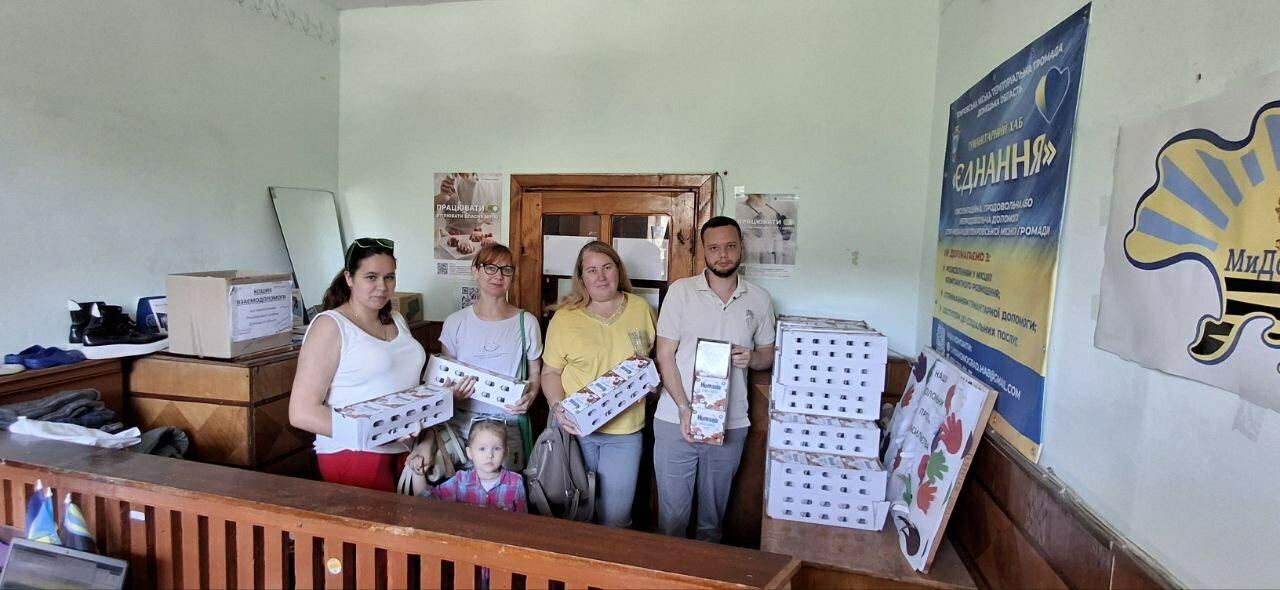 Dmytro Shynkar, Head of the Humanitarian Hub ‘Yednannia’ in Sheptytskyi, with evacuated residents of Pokrovsk
Dmytro Shynkar, Head of the Humanitarian Hub ‘Yednannia’ in Sheptytskyi, with evacuated residents of Pokrovsk
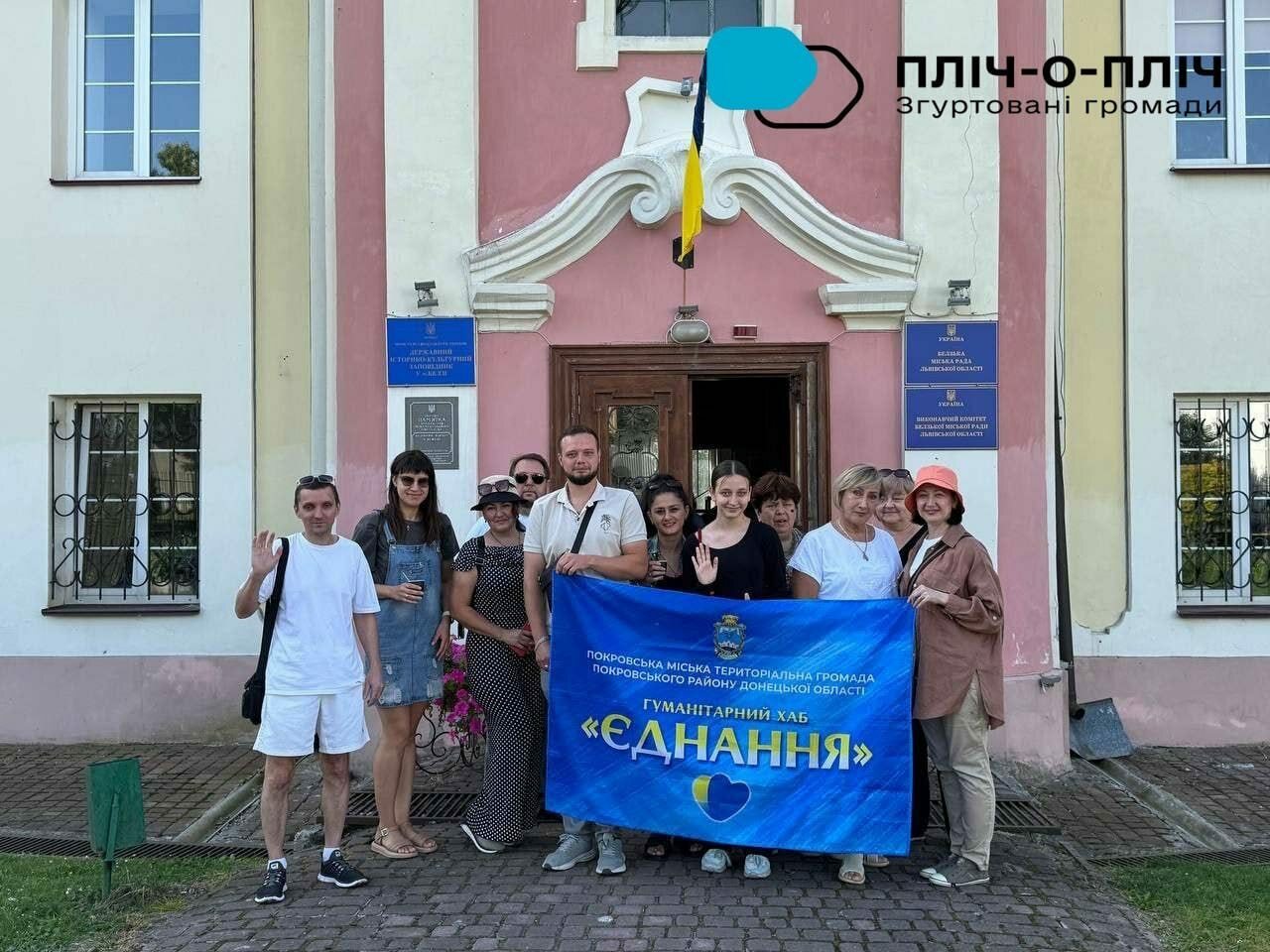 Humanitarian hub ‘Yednannia’ in Sheptytskyi
Humanitarian hub ‘Yednannia’ in Sheptytskyi
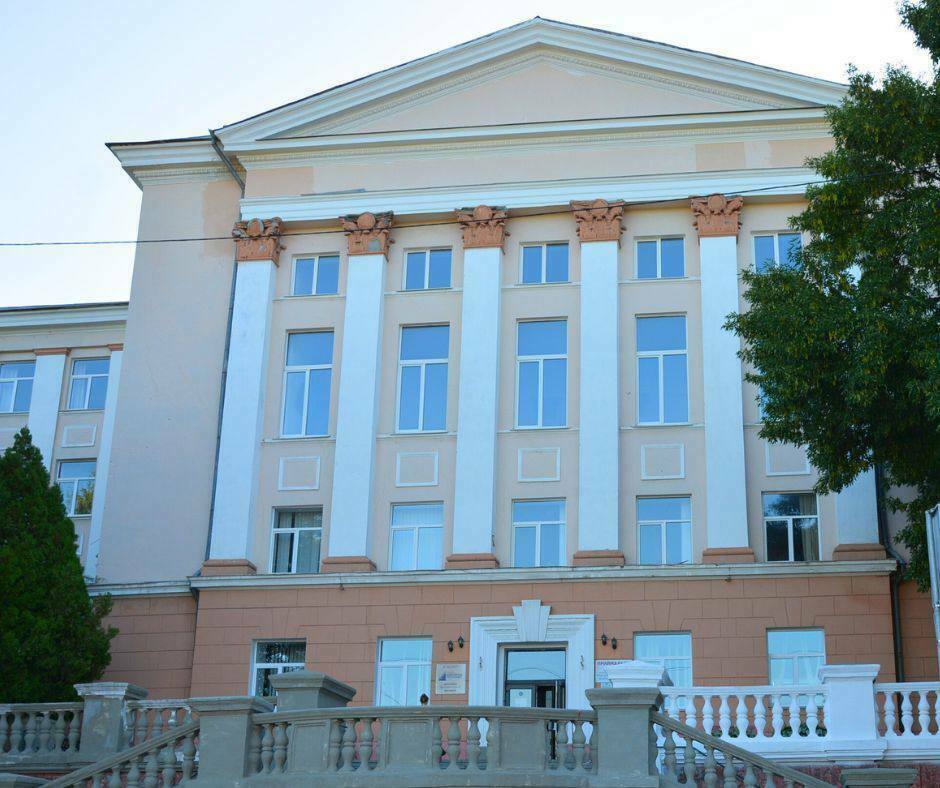 The premises of the State Academy under the President of Ukraine in Dnipro, where more than 100 students from the relocated Pokrovsk school study
The premises of the State Academy under the President of Ukraine in Dnipro, where more than 100 students from the relocated Pokrovsk school study
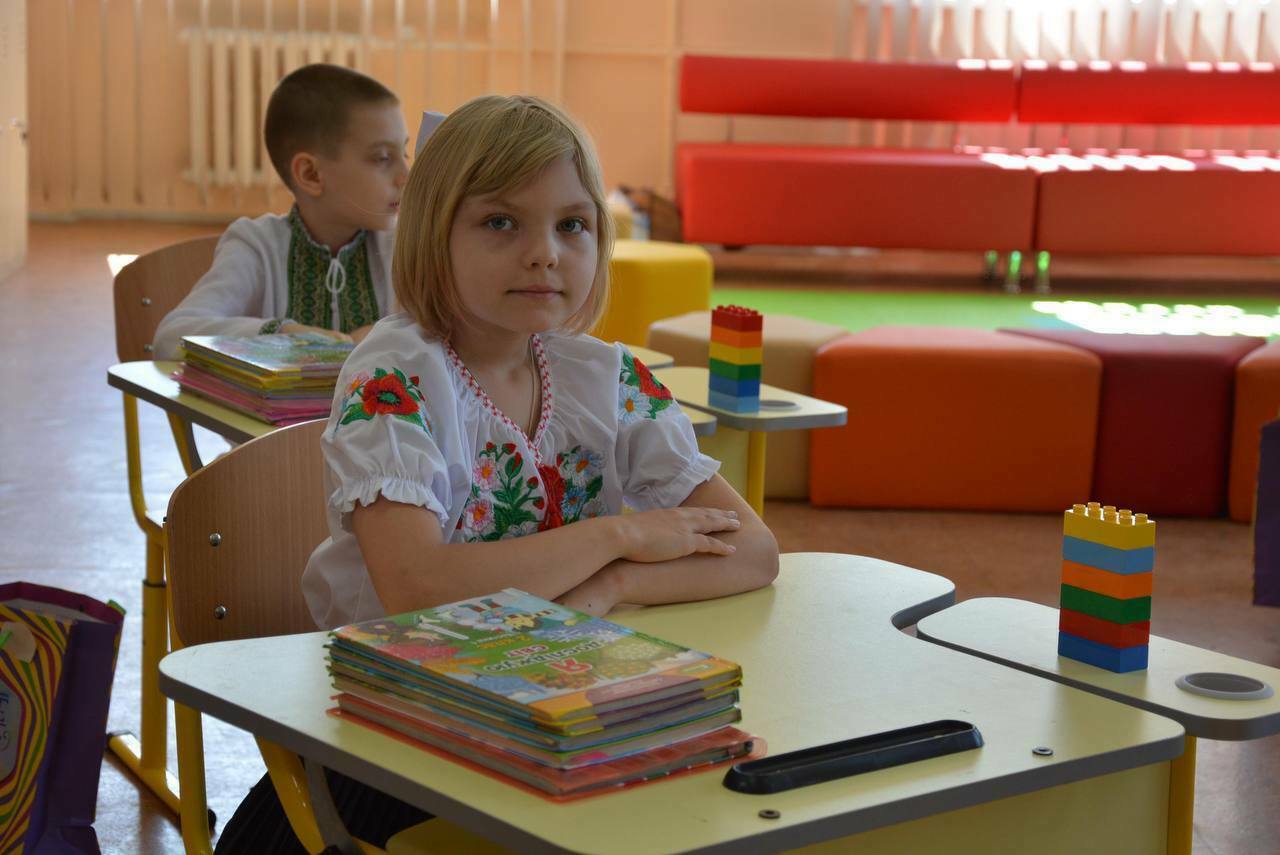 Celebration of Knowledge Day (1 September) in Dnipro, where children from Pokrovsk study offline
Celebration of Knowledge Day (1 September) in Dnipro, where children from Pokrovsk study offline
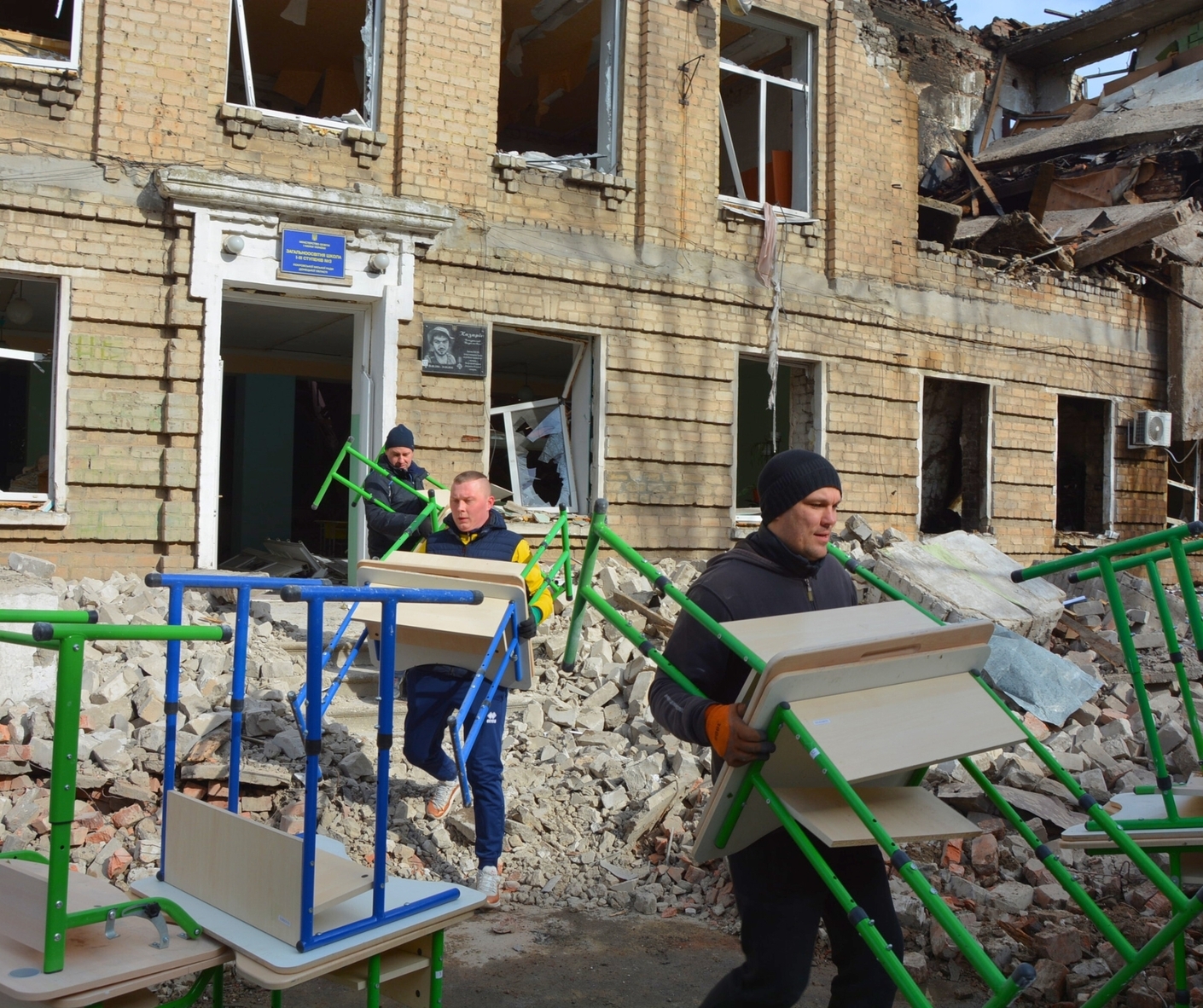 Evacuation of furniture from the destroyed Pokrovsk school
Evacuation of furniture from the destroyed Pokrovsk school
‘Shoulder-to-Shoulder’ with Ivano-Frankivsk, Sheptytskyi, Zhovkva, Khust, and Uman
You mentioned your community’s participation in the ‘Shoulder-to-Shoulder: Cohesive Communities’ project. Please share more details about it. Are you satisfied with the cooperation within the project?
We have been certainly fortunate with the ‘Shoulder-to-Shoulder’ project. We signed memoranda of cooperation with four communities with which we had already been working prior to the full-scale invasion. These were Sheptytskyi, Zhovkva, Ivano-Frankivsk, and Khust. And just this week, on 23 September, we signed a memorandum with a fifth community: Uman. The mayors of Ivano-Frankivsk, Zhovkva, and Khust came to visit us to see the problems we are facing firsthand. Ivano-Frankivsk later sent us three truckloads of slate to repair buildings in our community. The people of Khust and Sheptytskyi treated our displaced persons as if they were part of their own family. Remarkably, little Khust sheltered 2,000 of our people! As part of the ‘Shoulder-to-Shoulder’ project, Khust has now provided us with three venues for setting up joint social facilities. These facilities include a nursing home for the elderly, a year-round recreational and medical camp for children, and a social dormitory. The ‘Shoulder-to-Shoulder’ project is a timely and beneficial initiative. It has helped communities across Ukraine bond and become stronger, as well as organise their work more effectively in many areas.
What is your opinion on the main idea behind the ‘Shoulder-to-Shoulder’ project, which aims to create a belt of strong communities along the border with Russia and on the front line, supported by the entire Ukraine?
The security of our country, and therefore its future, will largely depend on border and frontline communities. Even when I was working in the Ocheretyne community, we had already changed its development paradigm and mapped out sites for military towns. Regardless of how the war ends, a line of fortifications will be built along the border with Russia to protect Ukraine and the whole of Europe. Therefore, we must be aware that the personal income tax revenue for border communities will not come from factories and logistics centres – if military units are stationed in a community, no one will build such facilities there – but rather from military units and security infrastructure. This must be the focus of our community’s development.
The land in your community is fertile. Are your farmers working nowadays?
Yes, two heroic farmers from the Hryshyny starosta district are working. Although they will not be sowing winter crops, they have reaped the harvest. They intend to sow sunflowers in their fields in the spring. Sunflowers are sown in May and grow quickly. So, the risk is minimal. As you correctly noted, fertile land is our second source of future income. The third source is the coal mine. We have spoken to Metinvest about the possibility of resuming work at our mine and they have assured us that they will do so at the first opportunity. Provided there is no shelling. Pokrovsk is a very promising city. After all, it is located at a very important crossroads. Therefore, there must be some kind of logistics infrastructure here under any circumstances. Even on the border with Russia, our community will have every opportunity to develop and prosper. Therefore, we must defend it at all costs now.
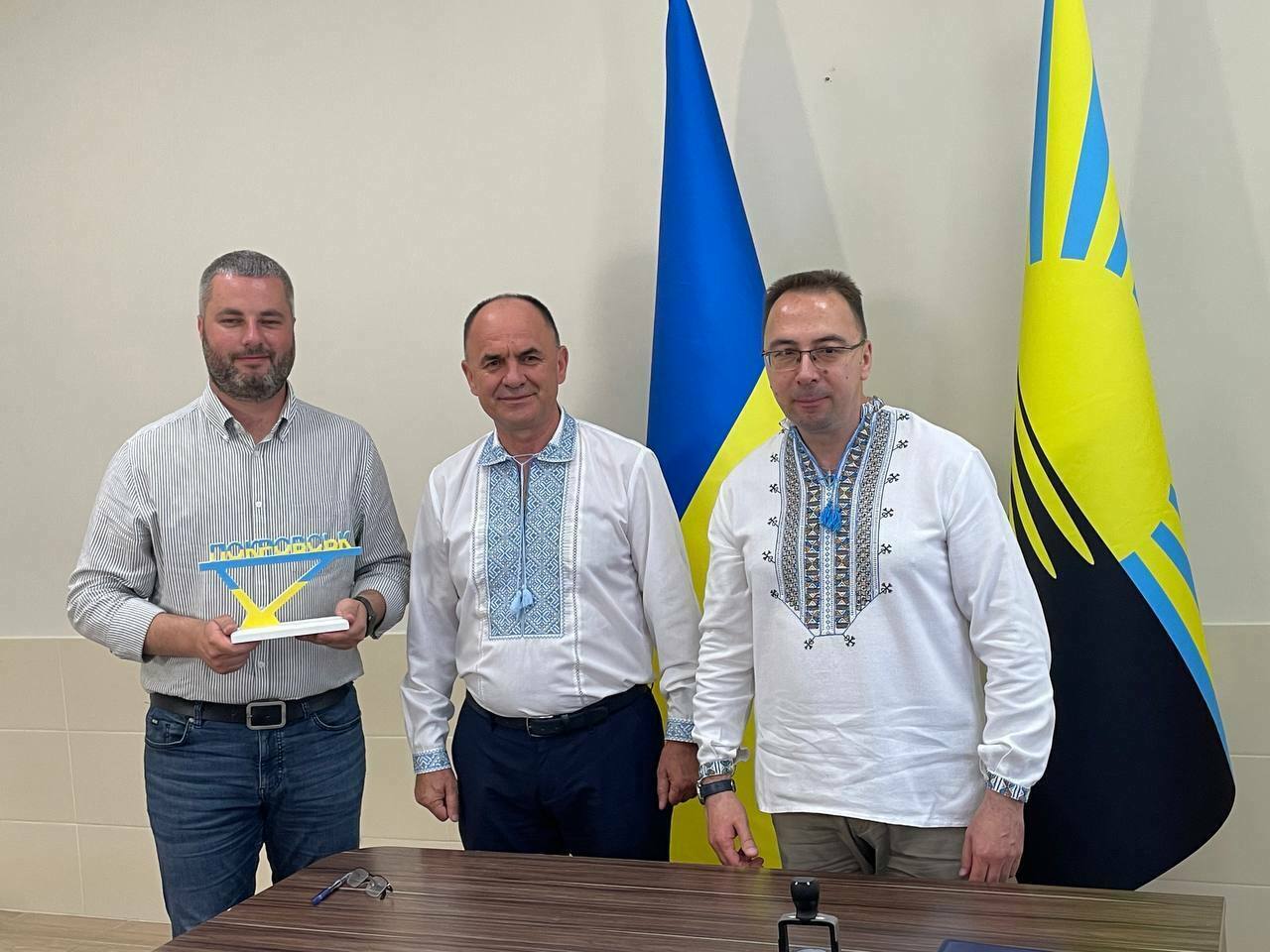 Signing a Memorandum of Cooperation within the ‘Shoulder-to-Shoulder: Cohesive Communities’ project between the Pokrovsk, Zhovkva, and Khust communities in July 2025. From left to right: Oleh Volskyi, Mayor of Zhovkva, Oleh Hubal, Acting Mayor of Khust, and Serhii Dobriak, Head of the Pokrovsk Military Administration
Signing a Memorandum of Cooperation within the ‘Shoulder-to-Shoulder: Cohesive Communities’ project between the Pokrovsk, Zhovkva, and Khust communities in July 2025. From left to right: Oleh Volskyi, Mayor of Zhovkva, Oleh Hubal, Acting Mayor of Khust, and Serhii Dobriak, Head of the Pokrovsk Military Administration
 Serhii Dobriak (right) and the mayor of Ivano-Frankivsk signing a Memorandum of Cooperation on 7 May 2025 within the ‘Shoulder-to-Shoulder: Cohesive Communities’ project
Serhii Dobriak (right) and the mayor of Ivano-Frankivsk signing a Memorandum of Cooperation on 7 May 2025 within the ‘Shoulder-to-Shoulder: Cohesive Communities’ project
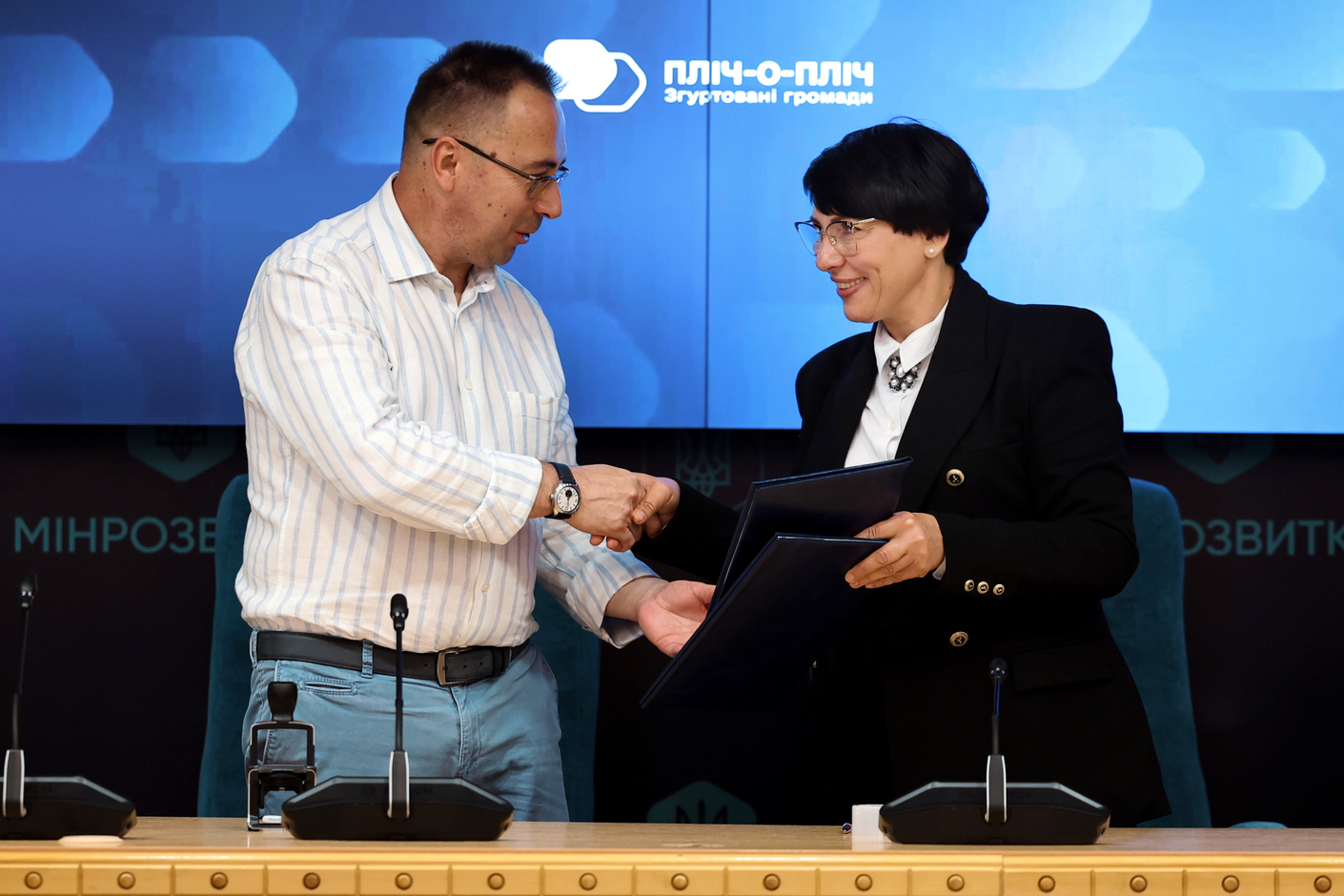 Signing a Memorandum of Cooperation between the Pokrovsk and Uman communities in September 2025 – within ‘Shoulder-to-Shoulder: Cohesive Communities’ project. Next to Serhii Dobriak is Iryna Pletniova, Mayor of Uman
Signing a Memorandum of Cooperation between the Pokrovsk and Uman communities in September 2025 – within ‘Shoulder-to-Shoulder: Cohesive Communities’ project. Next to Serhii Dobriak is Iryna Pletniova, Mayor of Uman

Tags:
Область:
Донецька областьГромади:
Покровська територіальна громадаSource:
Портал "Децентралізація"

13 December 2025
Межа у 300 операцій: як формальний критерій може знищити хірургію в малих громадах
Межа у 300 операцій: як формальний критерій...
Поки країна зосереджена на викликах війни — у сфері охорони здоров’я ухвалюються рішення, наслідки яких можуть стати...
13 December 2025
Government adopts updated approaches to...
The Cabinet of Ministers of Ukraine has approved a document entitled Specifics of Implementing the Concept of...
12 December 2025
French experience for Ukrainian communities:...
During their visit to France, members of the Ukrainian Parliamentary Committee on State Administration, Local...
12 December 2025
Коли знання запускають участь: як Здолбунівська...
Авторки: Тетяна Лукеря, Олександра Койдель – Центр демократичної стійкості (Київська школа економіки) Частина...